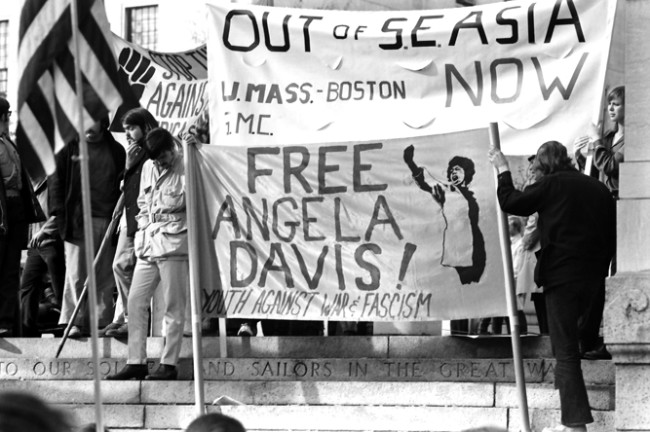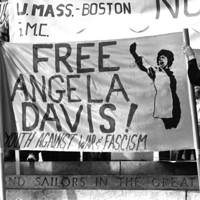 photographs of nick dewolf
photographs of nick dewolf
This concludes a series of guest posts from my preservice teachers at University of Portland. They had the task of using Learnist to design a document based question that would eventually become part of a class-produced DBQ iBook collection. DBQ assignment here. More samples of student-designed DBQs here.
I’ve asked them to reflect on the assignment and invited them to guest post on my blog. Here is The Vietnam War designed by Samuel TS Kelley. His DBQ explores the relationship between the civil rights movement and the Vietnam war as reflected in the music videos of the era.
You can find Samuel on Twitter and see his posts on our class blog.
See Samuel’s chapter in our class-designed iBook – free at iTunes.
Samuel TS Kelley reflects on what he learned from the experience:
Using a famous or popular document doesn’t really help the student to begin answering questions on their own. It is much more important to use a document that allows the student to be the historian and reach logical conclusions about the time period.
This DBQ does a good job of using the documents and songs to generate questions that the students can answer using only the given sources. Despite this, I had trouble coming up with overall questions about the unit. I kept refining the topic until I had a good theme to work with. I was already using some music as evidence, and I added a couple songs to make the music of the time central to the DBQ. This also changed the main idea of the DBQ, which shifted from a focus on the civil rights movement to the general anti-war movement (although civil rights were still very important to the DBQ).
Overall, I learned a lot from this assignment, especially about using documents that are most conducive to the student’s knowledge level. Using a famous or popular document doesn’t really help the student to begin answering questions on their own. It is much more important to use a document that allows the student to be the historian and reach logical conclusions about the time period. I am excited to continue to use DBQ’s to teach students to examine, analyze, and interpret the documents in ways that will engage their critical thinking skills, and let the students do the work of a historian when trying to establish facts and conclusions about the time period.
Image credit: Flickr / nick dewolf photo archive
101970 07 04 ~ Boston Common,October 1970.
Part of an archival project, featuring the photographs of Nick Dewolf

